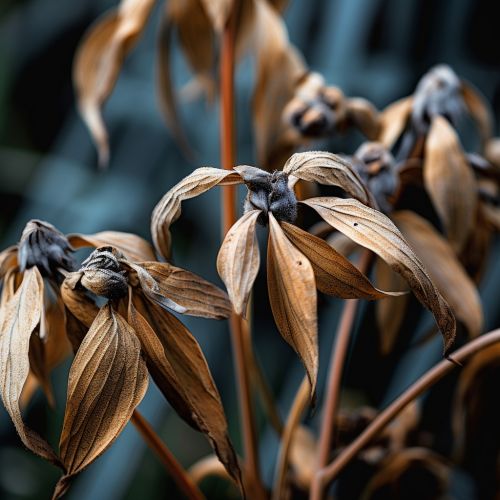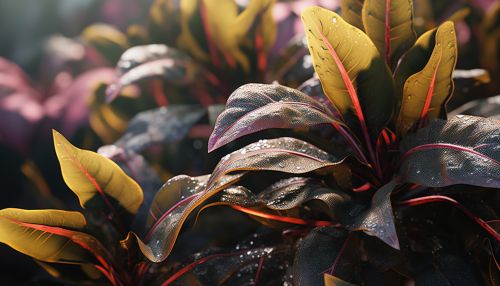The Science of Plant Growth Under Abiotic Stress Conditions
Introduction
Plant growth is a complex process influenced by a myriad of factors, both biotic and abiotic. This article focuses on the science of plant growth under abiotic stress conditions. Abiotic stress refers to the negative impact of non-living factors on the organisms in a specific environment. The non-living variable could be a chemical or physical factor and is a potential threat to the environment or organisms within it. The most common types of abiotic stress include high and low temperatures, water stress, and soil salinity.
Abiotic Stress Factors and Plant Growth
Abiotic stress factors can be classified into climatic and edaphic stresses. Climatic stresses are caused by factors like temperature, light, wind, and humidity. Edaphic stresses, on the other hand, are related to soil characteristics like pH, salinity, mineral content, and texture.
Temperature Stress
Temperature is a critical abiotic factor affecting plant growth. Both high and low temperatures can cause significant stress to plants. High temperature stress, also known as heat stress, can lead to a series of physiological and biochemical changes in plants. These include protein denaturation, increased reactive oxygen species (ROS) production, and membrane lipid peroxidation. On the other hand, low temperature stress, or cold stress, can cause changes in membrane fluidity, protein functionality, and metabolic imbalance.
Water Stress
Water stress is another critical abiotic stress factor that affects plant growth. It can be caused by both drought conditions (low water availability) and flooding (excess water). Drought stress can lead to dehydration, osmotic stress, and oxidative stress in plants. Flooding stress, on the other hand, can cause oxygen deficiency, leading to a condition known as hypoxia.
Soil Salinity
Soil salinity is a major abiotic stress factor, particularly in arid and semi-arid regions. High salt concentration in the soil can lead to osmotic stress and ion toxicity in plants. This can affect plant growth and productivity significantly.


Plant Responses to Abiotic Stress
Plants have developed a range of mechanisms to cope with abiotic stress conditions. These responses can be broadly classified into avoidance mechanisms and tolerance mechanisms.
Avoidance Mechanisms
Avoidance mechanisms are strategies that plants use to evade the adverse conditions. For example, some plants can alter their growth patterns and morphology to reduce exposure to stress conditions. This can include changes in leaf orientation, root growth, and stomatal closure.
Tolerance Mechanisms
Tolerance mechanisms are strategies that allow plants to survive and grow under stress conditions. These can include physiological and biochemical changes that help the plant to withstand the stress. For example, plants can produce osmoprotectants, antioxidant enzymes, and heat shock proteins to cope with osmotic stress, oxidative stress, and heat stress, respectively.
Plant Breeding for Abiotic Stress Tolerance
Plant breeding for abiotic stress tolerance is a critical area of research in the field of plant breeding. The goal is to develop new plant varieties that can withstand abiotic stress conditions and maintain high productivity. This involves the identification of stress-tolerant genes and the use of various breeding techniques to incorporate these genes into commercial plant varieties.
Conclusion
Understanding the science of plant growth under abiotic stress conditions is crucial for developing strategies to improve crop productivity in challenging environments. With the increasing threat of climate change and the growing global population, this research area is of paramount importance for ensuring food security in the future.
